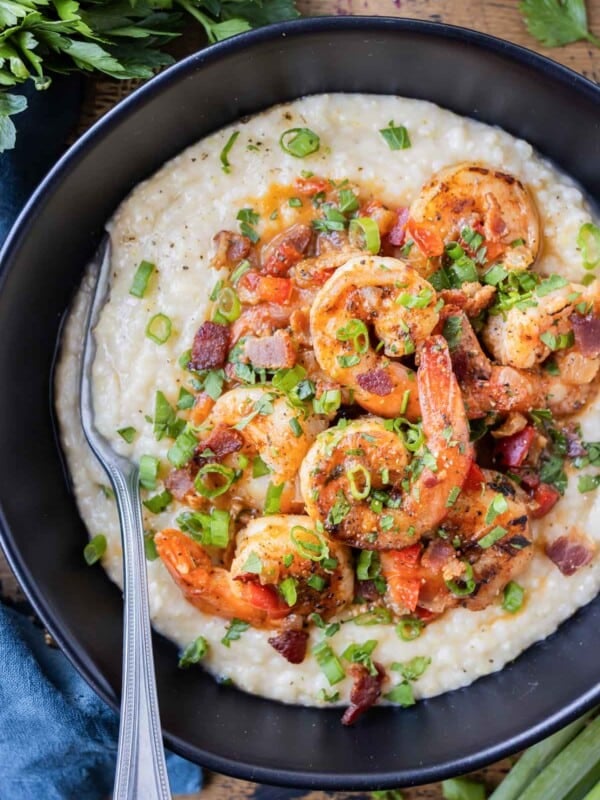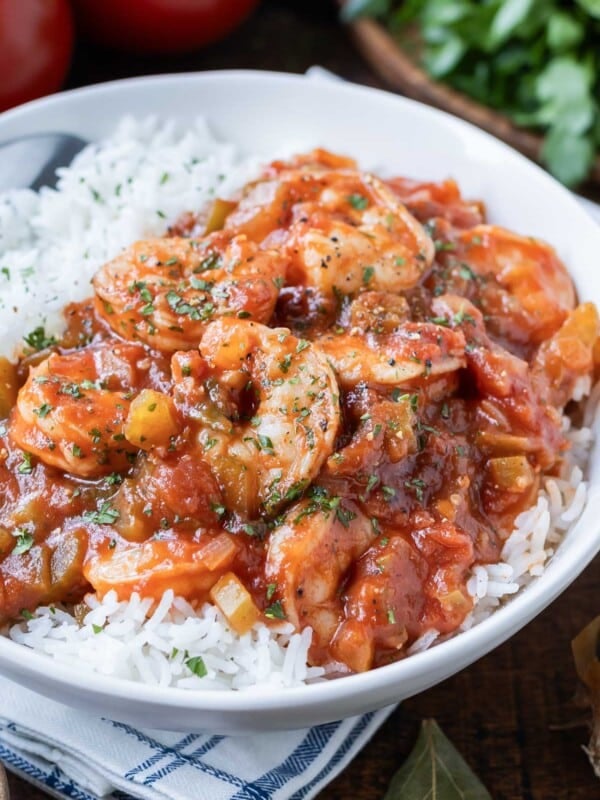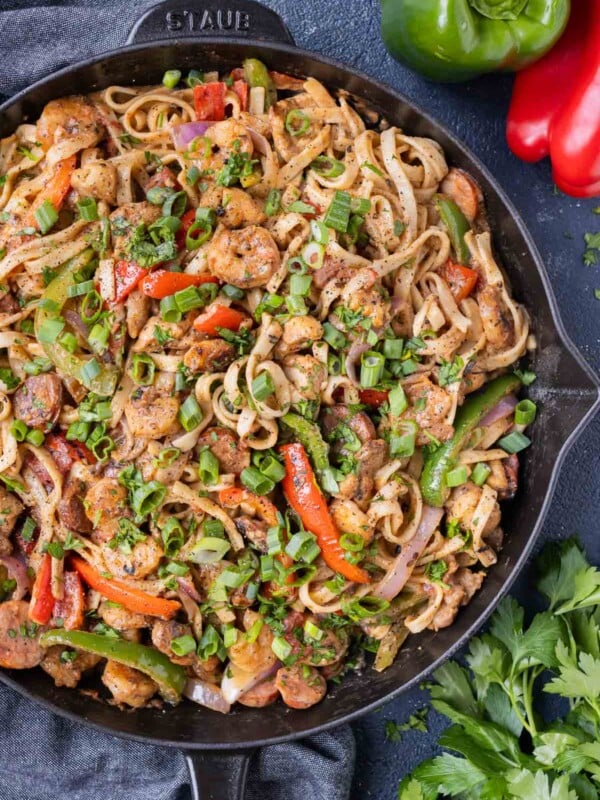Is rice gluten-free? Whether you have celiac disease or are sensitive to gluten, generally rice is safe—whether wild rice, sticky rice, short or long-grain. This post breaks down some of rice’s health benefits, the best brands out there, and how to incorporate this grain in your diet in a fun, easy way!
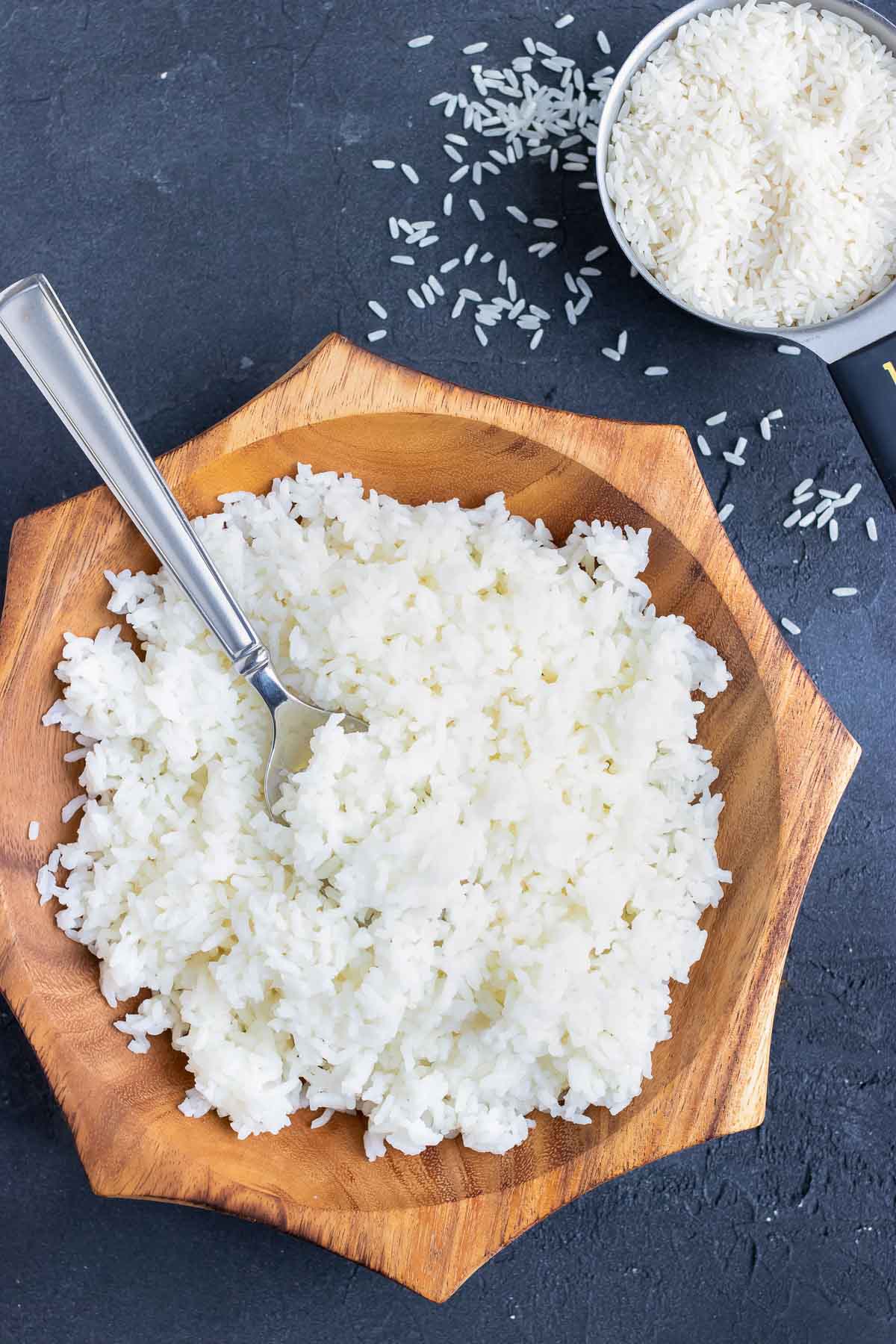
Does rice contain gluten?
The short answer is no, rice products do not contain gluten because rice is gluten-free in its pure form. Whether basmati rice, jasmine rice, or plain rice, any type of rice is considered gluten-free grains.
If gluten isn’t in rice, then why do people ask if it’s gluten-free? In the United States especially, rice is usually processed in the same factories that gluten-containing grains are processed in. For example, anything like wheat, barely, rye, and even spelt contain gluten. So, cross contamination is the reason why some rice may not be completely gluten-free.
It’s extremely important that if you have celiac disease or a non-celiac gluten sensitivity to check your rice brands for that certified gluten-free label. This means that the rice was not processed in a factory with gluten-containing products. If the brand doesn’t have that stamp of approval, it’s not guaranteed to be a 100% gluten-free product.
What is gluten intolerance?
Gluten intolerance is when you experience symptoms like bloating, nausea, abdominal pain, rashes, and gassiness after eating gluten. It’s not considered celiac disease, which is an autoimmune disease that causes damage to the lining of the small intestine.
It’s important to seek medical advice from a trusted and credible healthcare provider if you are experiencing any kind of gluten intolerance. They’ll help you determine how your diet needs to shift to avoid gluten’s adverse effects.
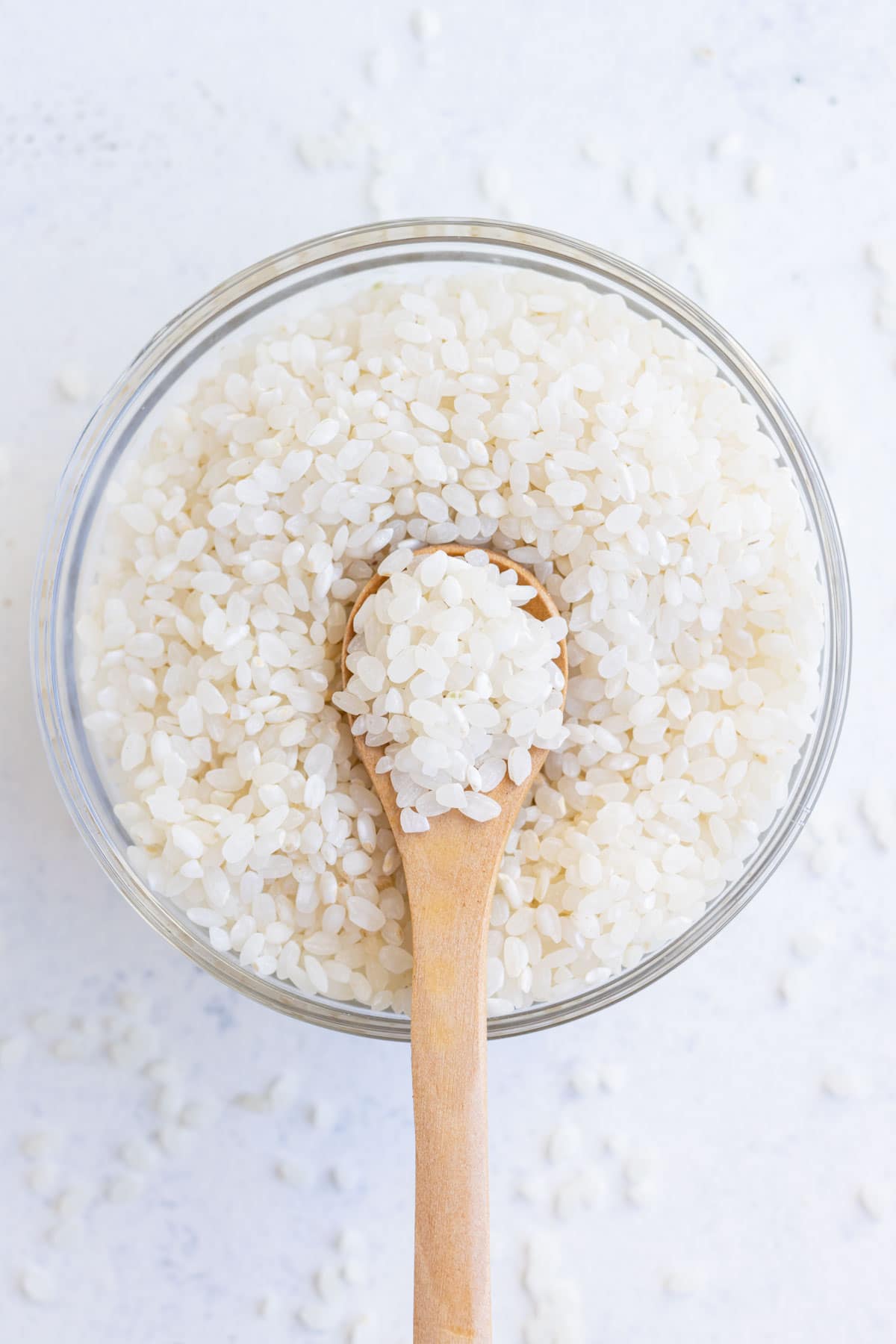
Which types of rice are gluten-free?
All rice is gluten-free if it’s labeled as such. The most common rice mixes at your nearest grocery store are likely brown rice, white rice, and wild rice. There’s also basmati, sticky rice, and long- and short-grain rice, all of which are gluten-free.
You can also opt for unprocessed rice, which is guaranteed to not be cross-contaminated with gluten-containing products.
In summary, rice is generally safe if you have celiac disease or gluten sensitivity, but always check your labels to make sure.
What are rice health benefits?
Incorporating rice in your diet, whether you’re avoiding gluten or not, provides many benefits to your body. Rice is rich in B vitamins and antioxidants. Especially if you’re eating brown rice, it’s a good source of fiber and helps regulate blood sugar levels. It can promote weight loss and reduce inflammation and the risk of heart disease, too.
The varieties of rice make it a fun staple food in any kitchen and cuisine. Whether it’s Sushi Rice, Mexican Rice, rice pilaf, or Peanut Butter Rice Krispie Treats, it’s a blank canvas ready for you to dazzle up!
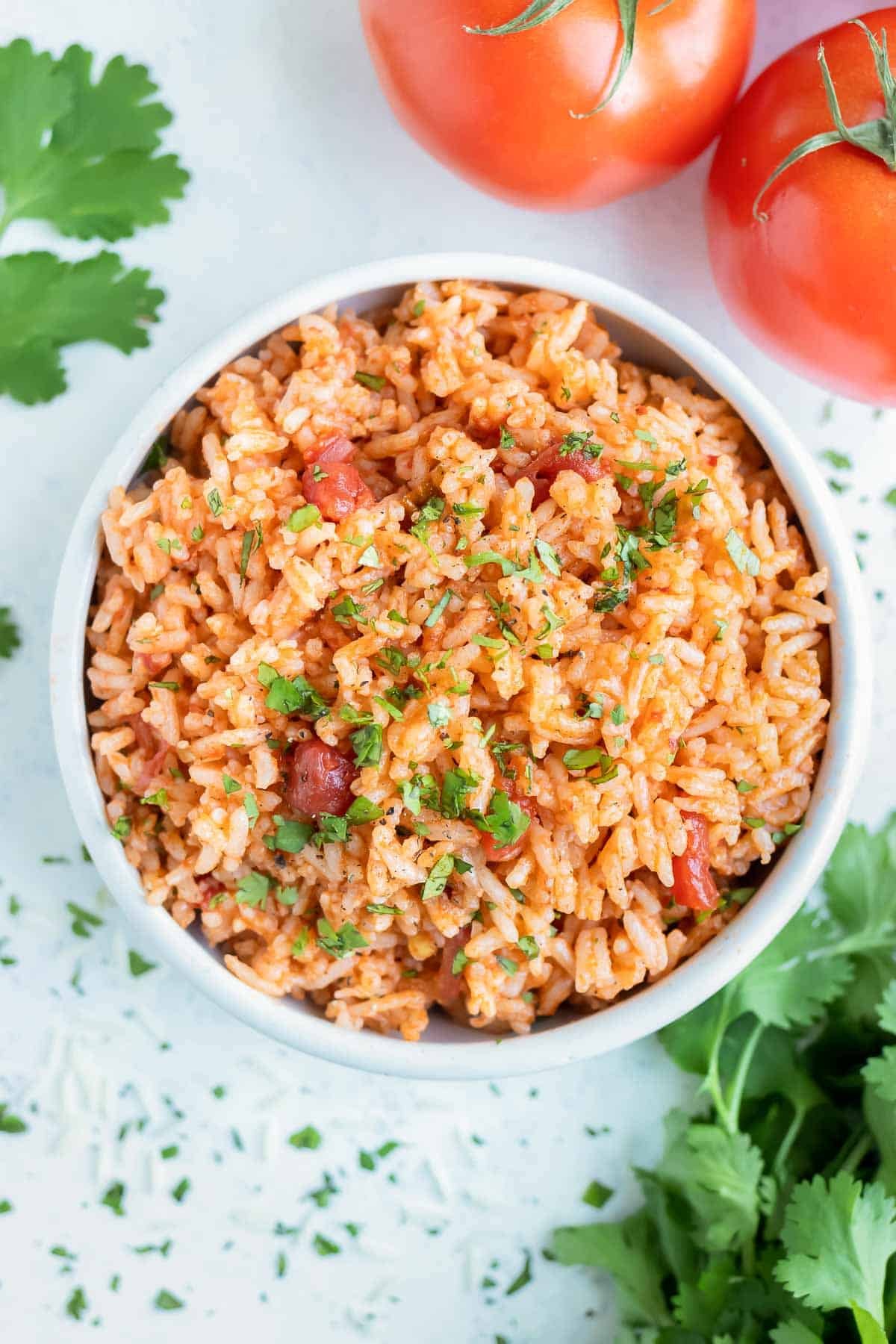
Which brands of rice are gluten-free?
Here’s a cheat sheet for brands that are the safest to buy rice from, as well as the types they offer:
Lundberg Family Farms
This brand has many rice varieties, so you won’t get stuck eating one kind. They specialize in organic, whole grain rice products, which are all labeled as gluten-free. There is no risk of cross contamination because they only produce rice. That’s it! Some of their rice mixes include: Organic Sesame, Soy & Ginger Rice, and Organic Turmeric Rice.
Alter Eco
If you’re looking for a more exotic rice, this brand is for you. They process rice grains like Khao Deng Ruby Red Rice and Purple Rice as gluten-free.
Mahatma Rice
In addition to the common white and brown rice, their flavored varieties include some of the following: Spanish Rice, Long Grain & Wild Rice Mix, Cilantro Jasmine Rice, and Yellow Seasoned Rice.
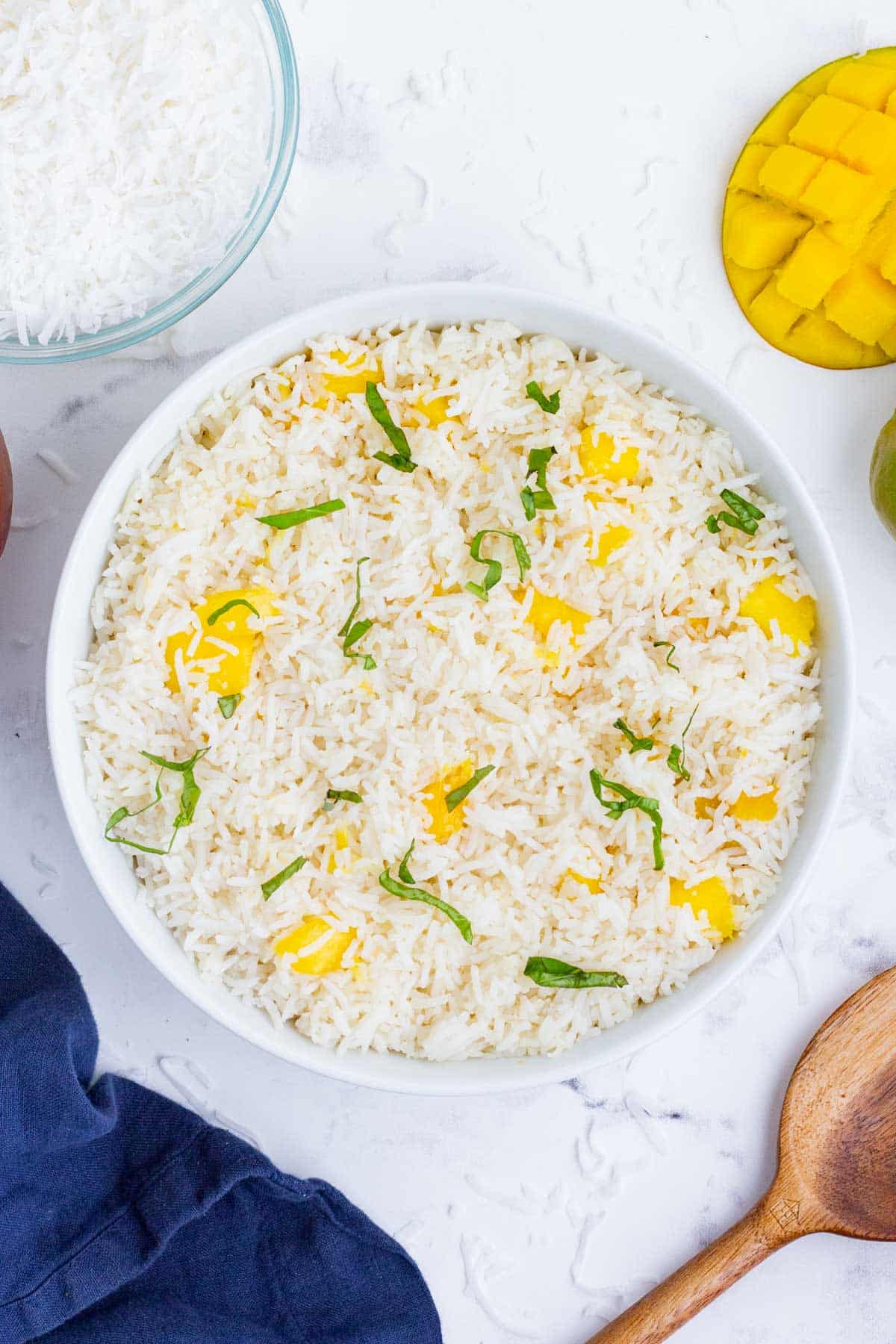
What are the best gluten-free rice alternatives?
If you’re already getting sick of rice, there are other gluten-free grains out there. It’s a win-win situation because rice isn’t the only gluten-free grain, and these grains have nutrients that are beneficial to you, too!
Quinoa
Packed with fiber and protein, quinoa is like a tiny powerhouse for your gut. It can easily be incorporated as a side to any chicken, beef, or fish dish. It is also commonly added to salads (like this Mexican Quinoa Salad with Avocado), granola, and smoothies. Skim through this post Is quinoa gluten-free? to learn all things quinoa.
Cauliflower
Buy a head of cauliflower and chop it up into a “riced” grain. All you need to do is follow the simple steps for How to Make Cauliflower Rice, and you’re good to go! You can also buy cauliflower that is already “riced.” This option is low-carb and low calorie. It adds a slightly different texture, if you’re getting bored of the rice mush vibe. It’s a great substitute in fried rice (like in this Cauliflower Fried Rice Recipe) for a busy weeknight.
Millet
Millet contains fiber, protein, and many antioxidants that can be very beneficial for your gut health. It has essential amino acids and calcium that will boost your immune system. Millet can be used to replace any rice, or you can even grind it into a flour for baking.
Lentils
Lentils are full of protein, and lucky you, are gluten-free! Whether it’s in soup, paired with beans and veggies, or in Lentil Hummus, lentils are an excellent way to switch it up when you’re tired of rice.
Rice FAQ
Some are, but common brands like Kellogg’s is not because it has a gluten-containing grain, barley malt.
If it’s labeled as such, then rice flour is gluten-free. This means that it has not been cross contaminated with other gluten-containing grains.
Yes, jasmine rice is gluten-free.
White rice is gluten-free if it has a certified label on the package.
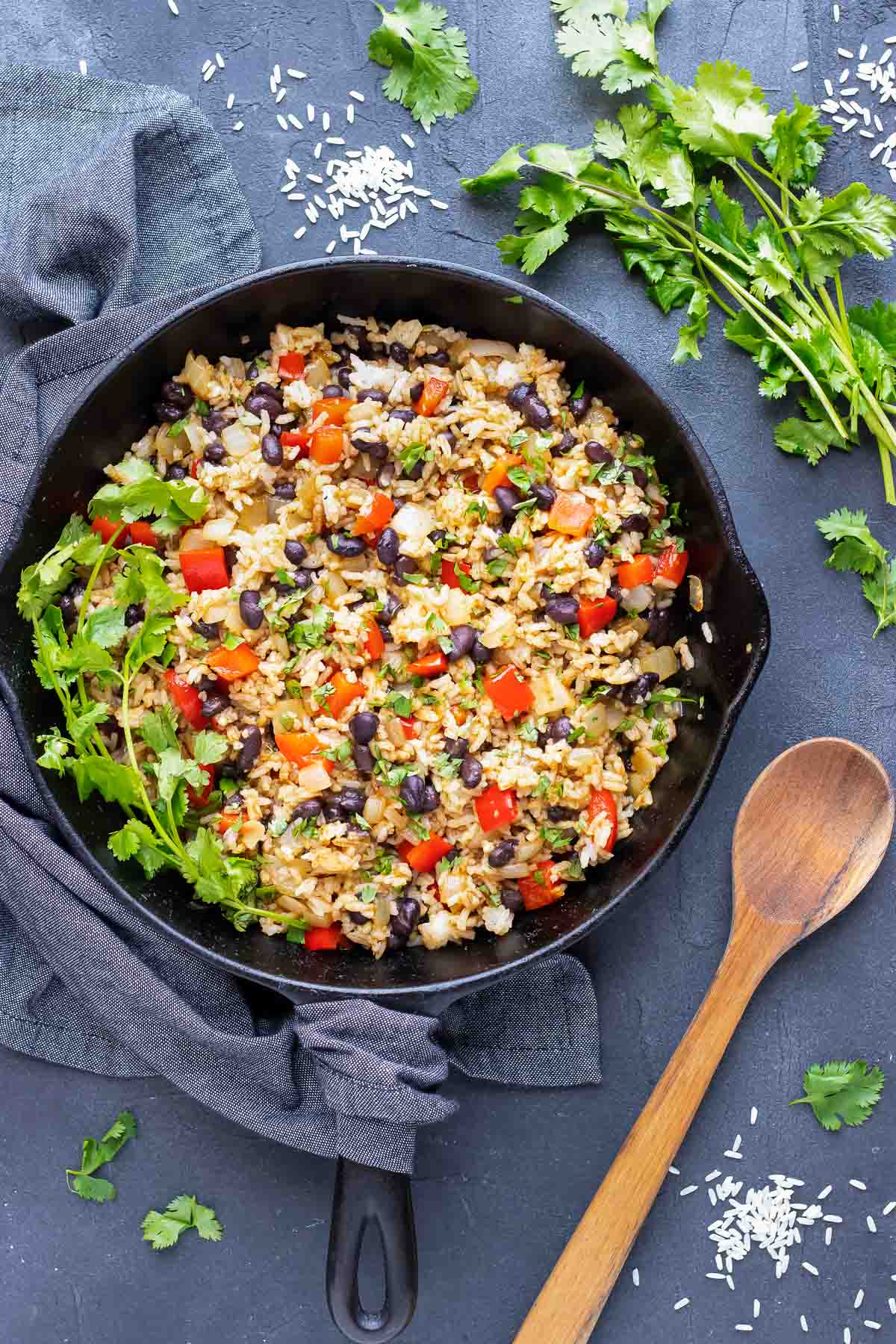
The Best Rice Recipes
Rice is a staple in so many cultures for a reason—it provides such a versatile blank canvas for a variety of flavors! See for yourself and try these recipes:



